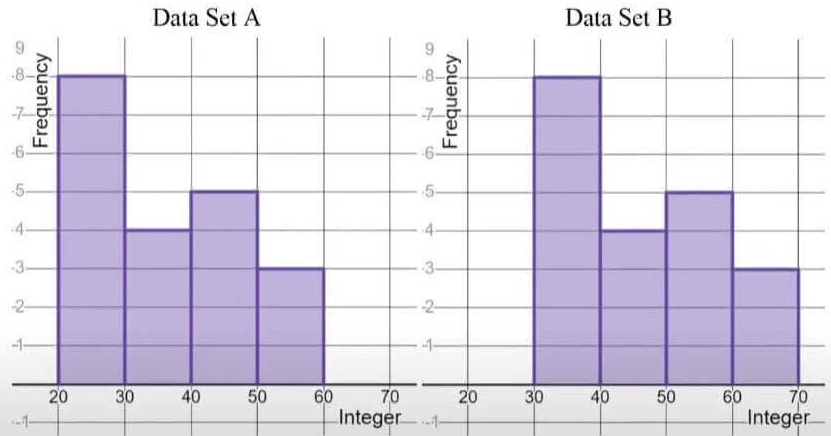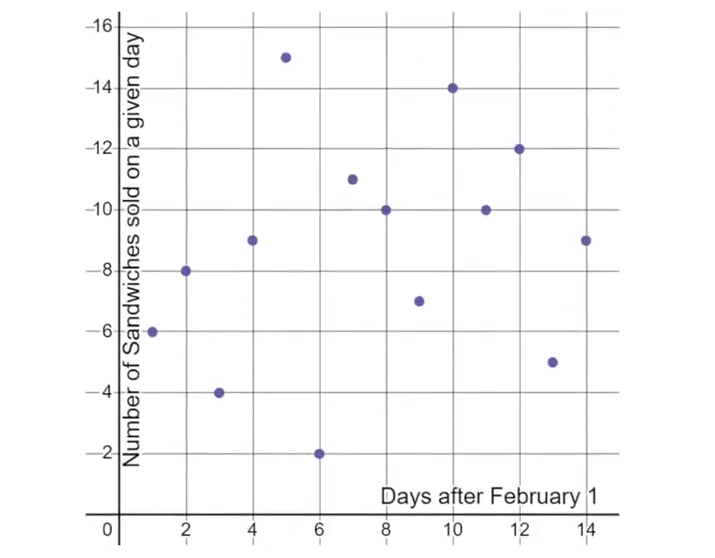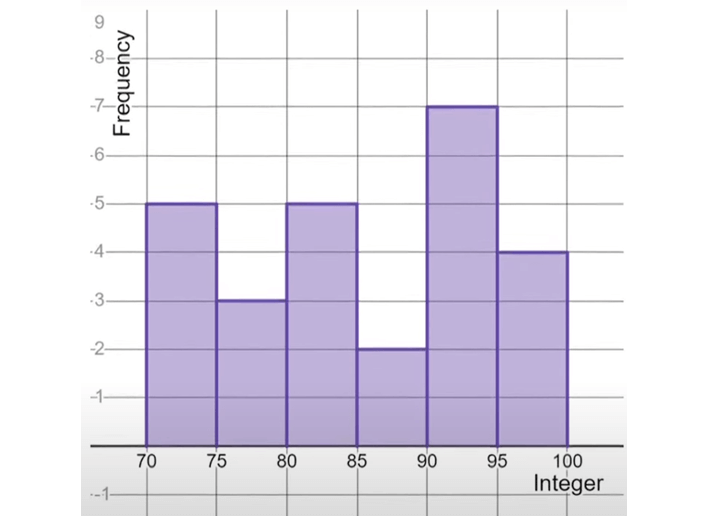DIFFERENCE BETWEEN EXPERIMENTAL AND THEORETICAL PROBABILITY WORKSHEET
Question 1 :
In the experiment of rolling a six faced cube (faces numbered from 1 to 6) for 30 times and find the difference between theoretical and experimental probabilities.
Question 2 :
Could the experimental probabilities ever be exactly equal to the theoretical probability? If so, how likely is it? If not, why not ?

Detailed Answer Key
Question 1 :
In the experiment of rolling a six faced cube (faces numbered from 1 to 6) for 30 times and find the difference between theoretical and experimental probabilities.
Answer :
Step 1 :
When we roll the cube once, the theoretical probabilities for different outcomes.
There are 18 possible outcomes in the sample space.
Getting number 1 ---> Theoretical probability = 1/6
Getting number 2 ---> Theoretical probability = 1/6
Getting number 3 ---> Theoretical probability = 1/6
Getting number 4 ---> Theoretical probability = 1/6
Getting number 5 ---> Theoretical probability = 1/6
Getting number 6 ---> Theoretical probability = 1/6
Step 2 :
When we roll the cube for 30 times, number of times each number will be rolled.
1 : 30 x 1/6 = 5 times
2 : 30 x 1/6 = 5 times
3 : 30 x 1/6 = 5 times
4 : 30 x 1/6 = 5 times
5 : 30 x 1/6 = 5 times
6 : 30 x 1/6 = 5 times
Step 3 :
When we roll the cube for 30 times, number of times each number will be rolled.
Number 1 : 30 x 1/6 = 5 times
Number 2 : 30 x 1/6 = 5 times
Number 3 : 30 x 1/6 = 5 times
Number 4 : 30 x 1/6 = 5 times
Number 5 : 30 x 1/6 = 5 times
Number 6 : 30 x 1/6 = 5 times
According to theoretical probability, we get each number 5 times in rolling the cube 30 times.
Step 4 :
Now, let us do the actual experiment and record the results. That is, rolling a cube 30 times.

From the above table, after simplification, we get the following experimental probabilities for each number.
Getting number 1 ---> Experimental probability = 1/5
Getting number 2 ---> Experimental probability = 2/15
Getting number 3 ---> Experimental probability = 1/10
Getting number 4 ---> Experimental probability = 1/5
Getting number 5 ---> Experimental probability = 7/30
Getting number 6 ---> Experimental probability = 2/15
Step 5 :
Look at the results in step 1 and step 4.
How do the experimental probabilities compare with the theoretical probabilities ?
The experimental probabilities are not close to the theoretical probabilities.
But, by performing more trials, we may tend to get experimental results that are closer to the theoretical probabilities.
Question 2 :
Could the experimental probabilities ever be exactly equal to the theoretical probability? If so, how likely is it? If not, why not ?
Answer :
Yes, the experimental probabilities could be exactly equal to the theoretical probabilities, but it is very unlikely.
Kindly mail your feedback to v4formath@gmail.com
We always appreciate your feedback.
©All rights reserved. onlinemath4all.com
Recent Articles
-
Digital SAT Math Problems and Solutions (Part - 255)
Aug 12, 25 07:51 PM
Digital SAT Math Problems and Solutions (Part - 255) -
Digital SAT Math Problems and Solutions (Part - 254)
Aug 12, 25 07:26 AM
Digital SAT Math Problems and Solutions (Part - 254) -
Digital SAT Math Problems and Solutions (Part - 253)
Aug 10, 25 10:00 PM
Digital SAT Math Problems and Solutions (Part - 253)


